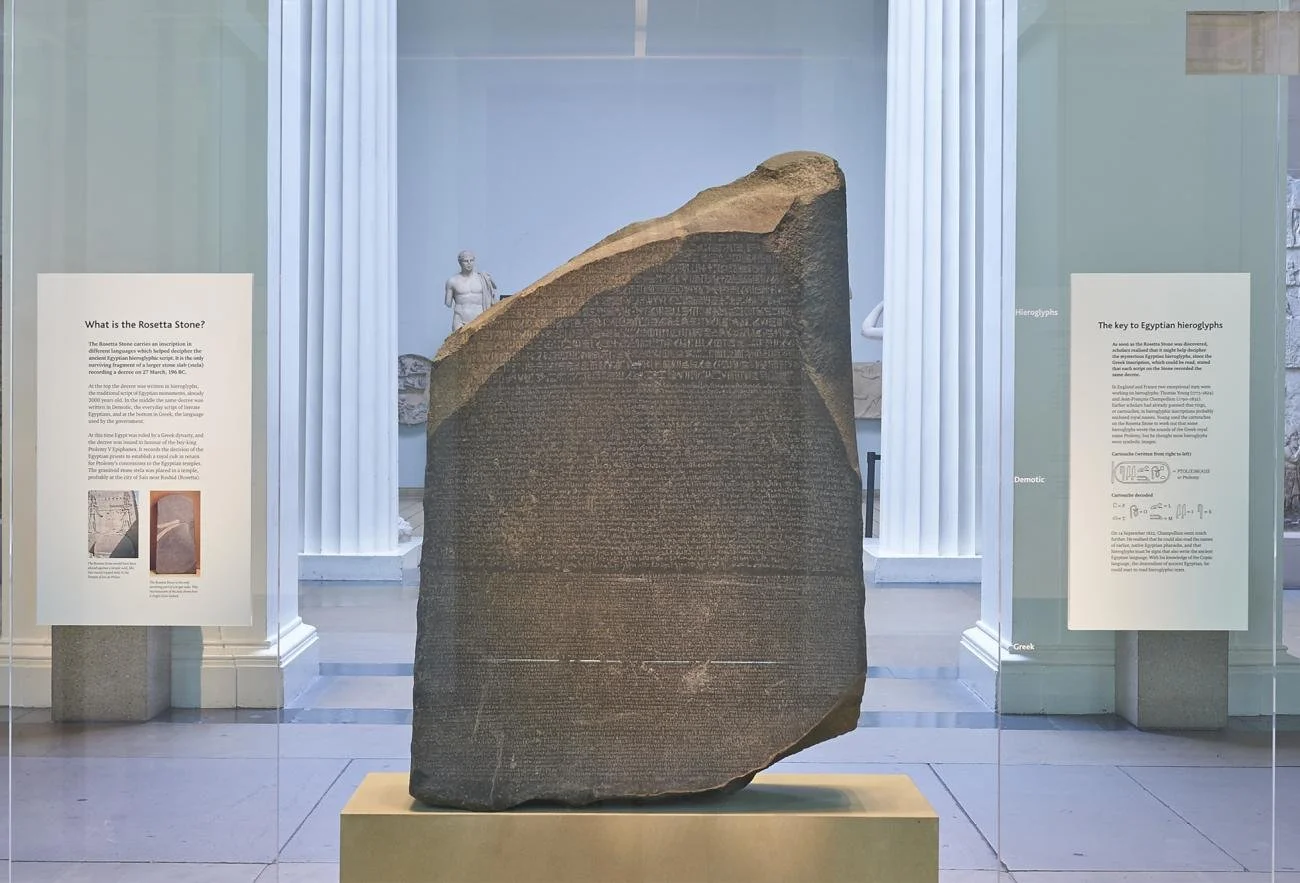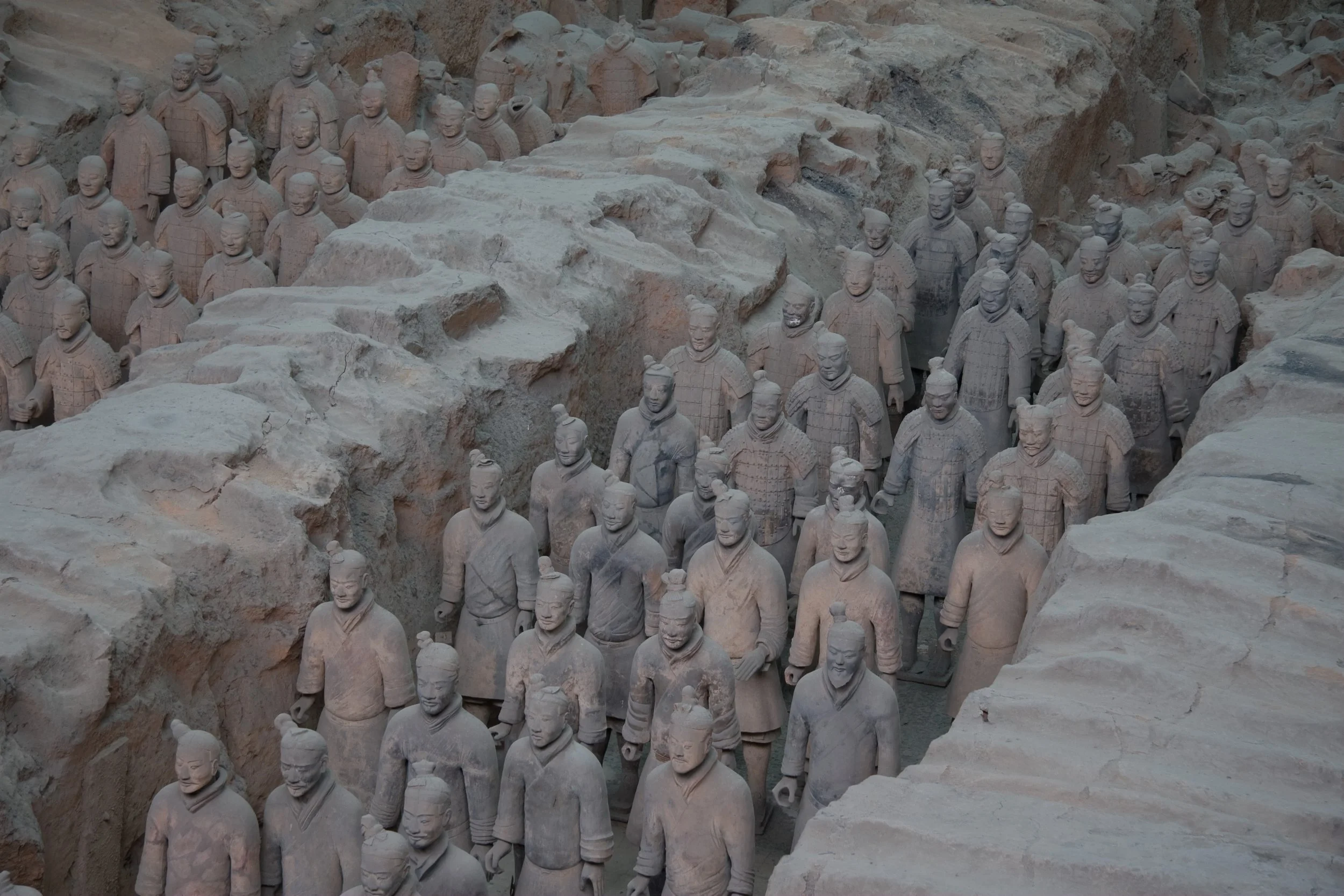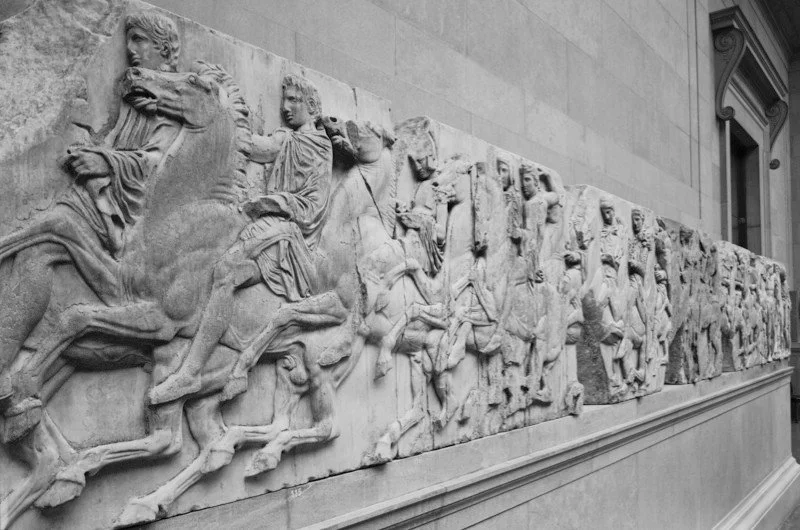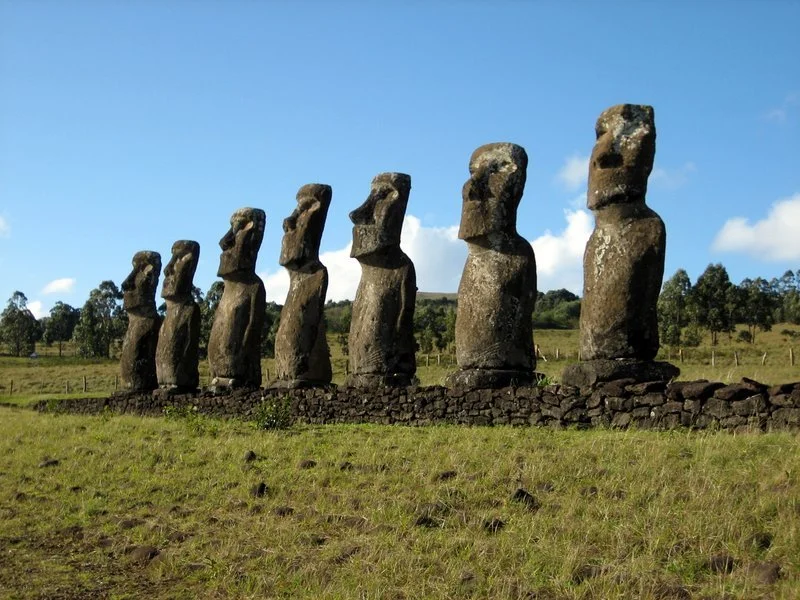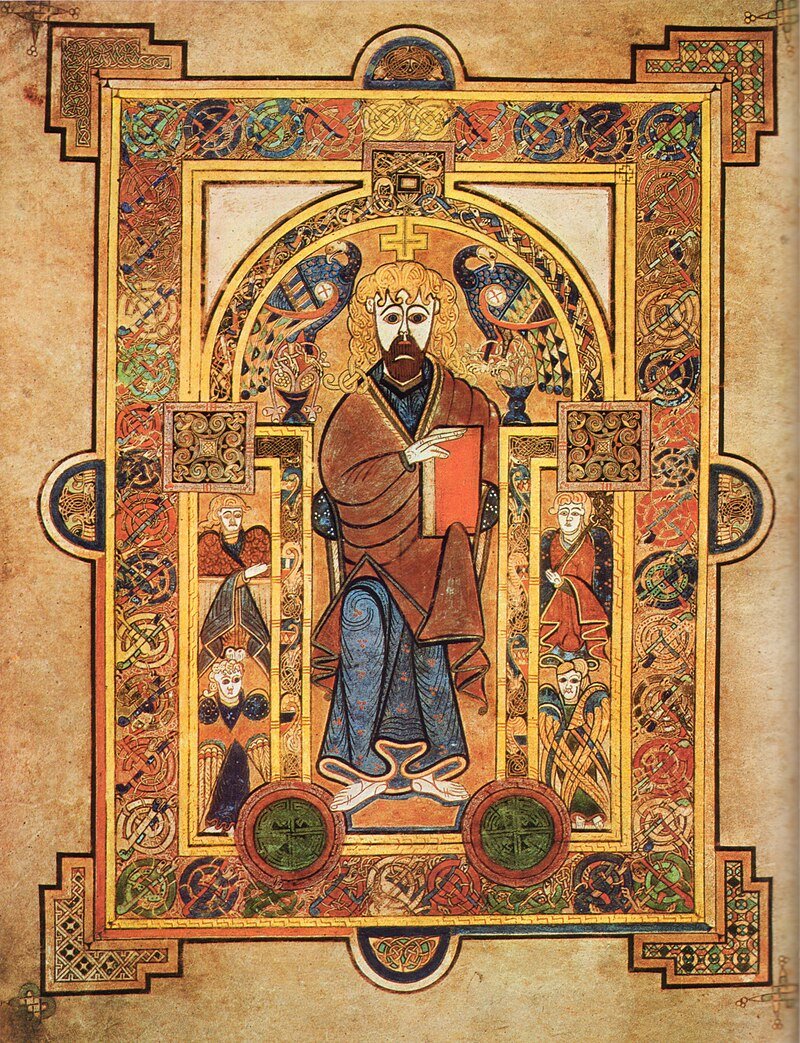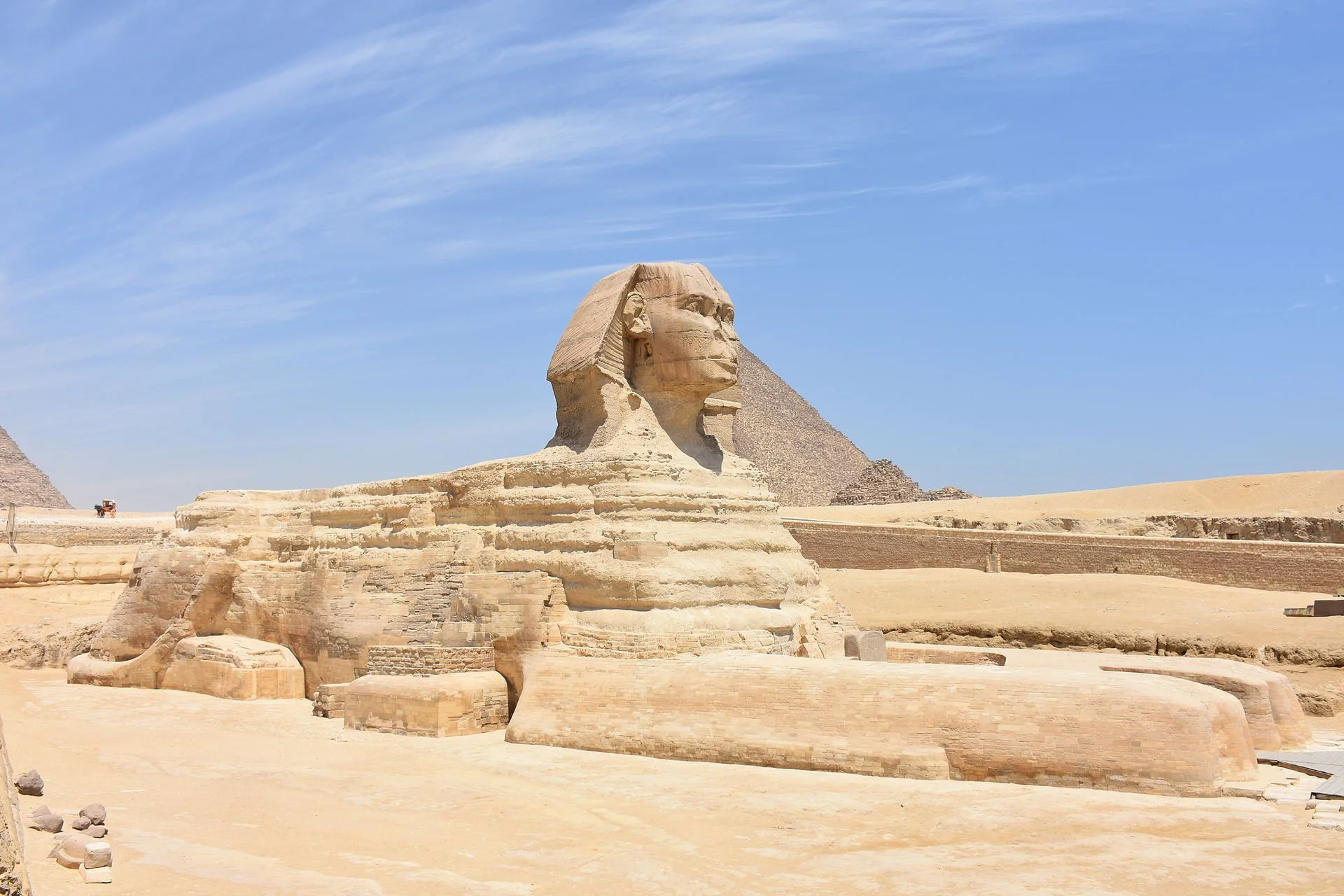BY THE ARCHAEOLOGIST EDITOR GROUP
The Fall of Ancient Sparta: A Glimpse into Decline and Defeat
Ancient Sparta, renowned for its fearsome warriors and austere way of life, stood as a dominant power on the Peloponnesian Peninsula for several centuries. Known for its rigidly militaristic society, Sparta's influence peaked during the Peloponnesian War (431–404 BC), when it successfully challenged the might of Athens. However, as with many great civilizations, a combination of internal challenges and external threats eventually led to its decline. But how did this once-mighty city-state truly meet its end?
Initial Successes and Challenges
Sparta's dominance in the Peloponnesian War, culminating in the defeat of Athens in 404 BC, was both a high point and the beginning of its challenges:
1. Internal Strife: The victory over Athens, while significant, didn't lead to lasting peace. Sparta's hegemony was challenged by its former allies, leading to the Corinthian War (395–387 BC). Though the war concluded with the King's Peace, which acknowledged Sparta's dominance, it also demonstrated Sparta's vulnerability.
2. Economic Issues: Sparta's economy heavily relied on the helot system, a class of serfs tied to the land who provided the Spartans with the resources to train as full-time soldiers. As Sparta expanded its territories, managing and controlling the Helot population became more challenging.
Major Defeats
1. Battle of Leuctra (371 BC): Perhaps the most significant blow to Sparta's military reputation was its defeat by the Theban-led Boeotian League at the Battle of Leuctra. The brilliant Theban general Epaminondas employed innovative tactics that not only defeated the Spartans but also shattered their image of invincibility.
2. Loss of Helot Territory: Following the Battle of Leuctra, Epaminondas invaded the Peloponnese and liberated the Messenian helots, a crucial economic pillar for Sparta. The loss of Messenia was a massive economic and strategic blow from which Sparta couldn't recover.
Internal Decay and External Threats
1. Decline in Spartiate Population: Over time, the number of full-citizen Spartiates, those who underwent the rigorous agoge training, dwindled due to various reasons, including warfare, economic challenges, and restrictive citizenship criteria.
2. Influx of Wealth and Corruption: With the conquests during the Peloponnesian War, a considerable amount of wealth flowed into Sparta, undermining the traditional austerity that had defined Spartan society. This led to increased corruption and a weakening of the communal ethos.
3. External Powers: As Sparta's influence waned, other powers like Macedonia under Philip II and his son Alexander the Great rose to prominence. The hegemony of Macedon further diminished Sparta's influence in Greek affairs.
The ancient theatre of Sparta and the modern city in the foothills of Taygetus mountain.
The Final Blow
Despite its reduced status, Sparta tried to maintain its independence and even challenged the rise of Macedon. However, at the Battle of Sellasia in 222 BC, the Spartans were defeated by the Achaean League and the Macedonians. While Sparta continued to exist, it did so as a shadow of its former self, and by the time of the Roman conquests, it was more of a tourist attraction than a significant polity.
The fall of Sparta wasn't the result of a single event but a culmination of internal decay and external pressures. Its decline serves as a reminder that even the mightiest of civilizations can be eroded by time, internal challenges, and the rise of new powers.































